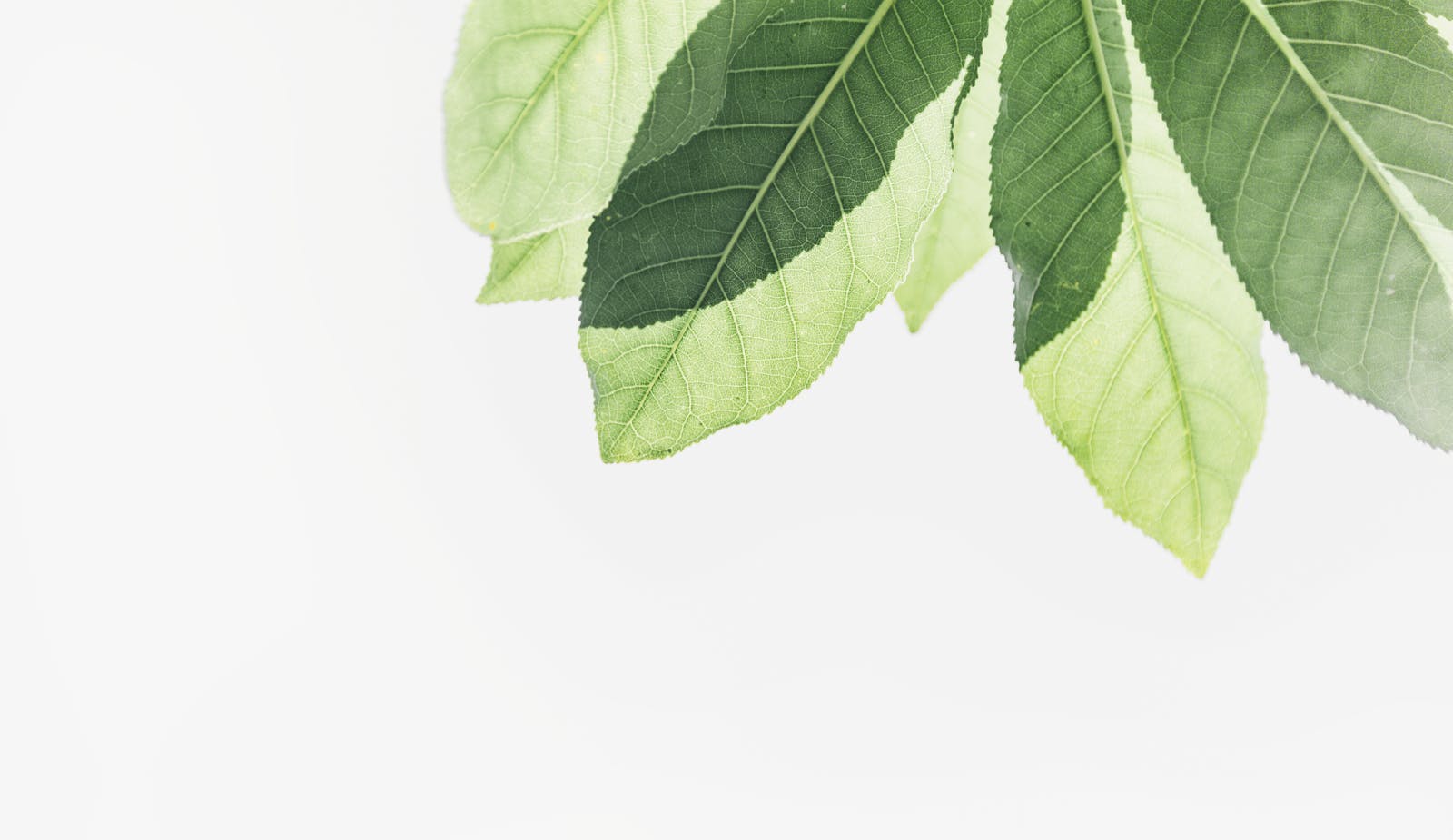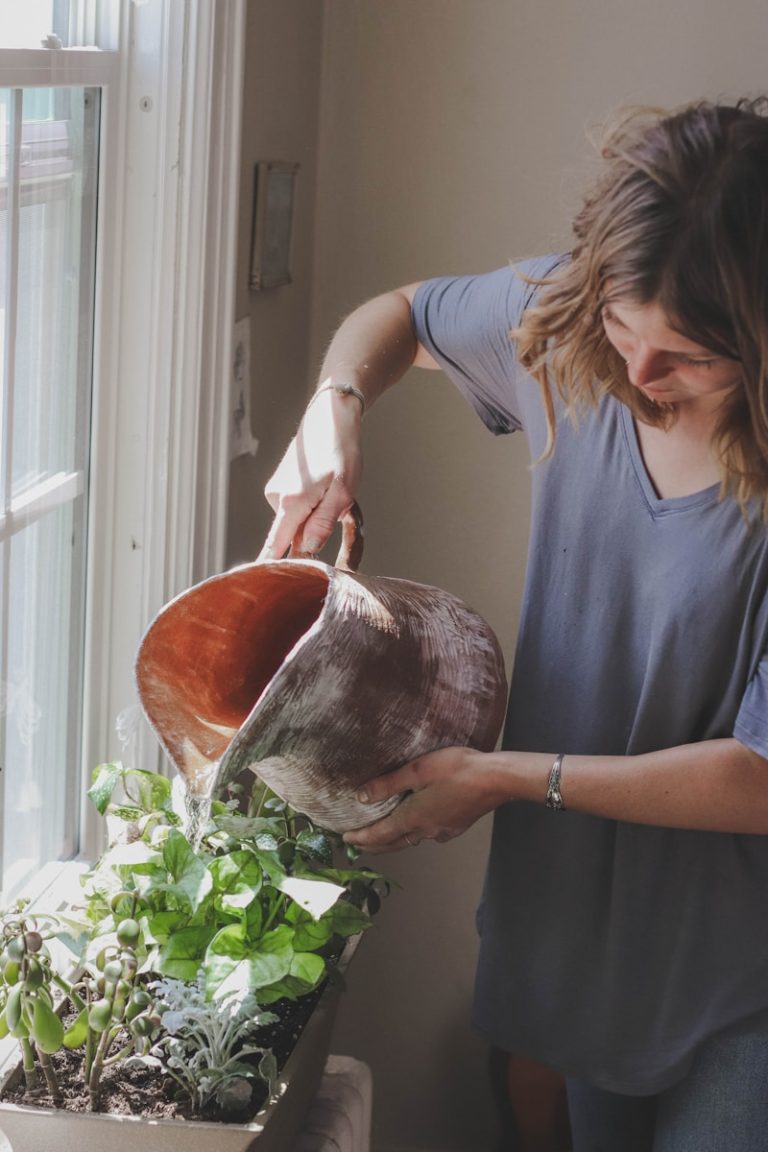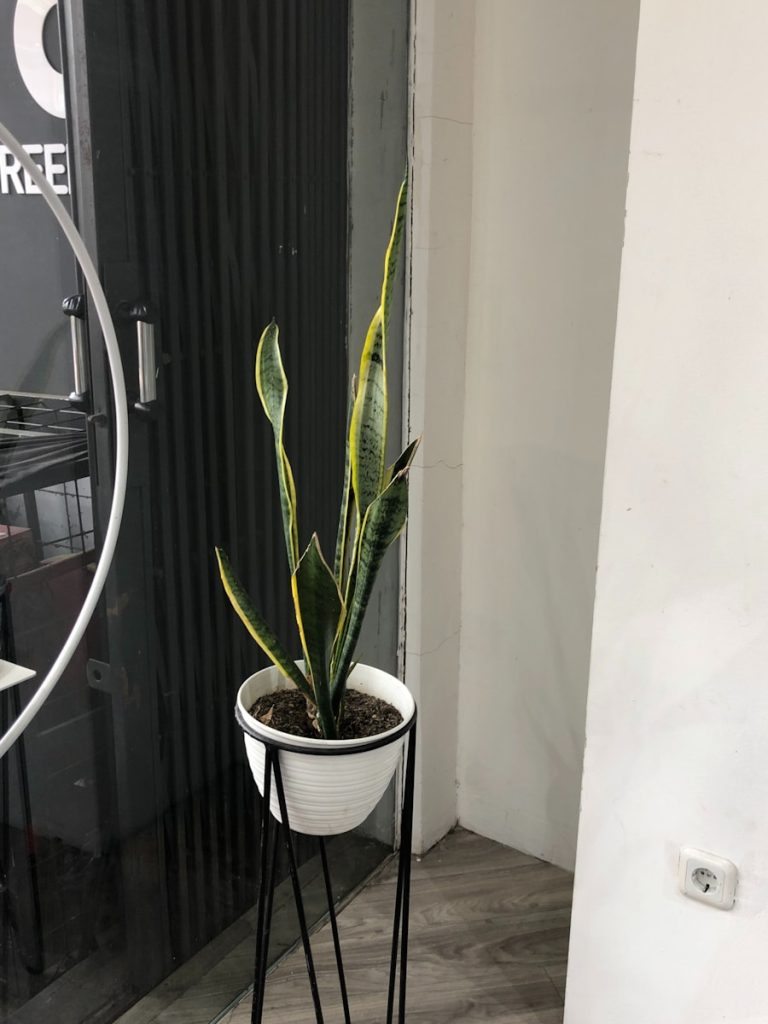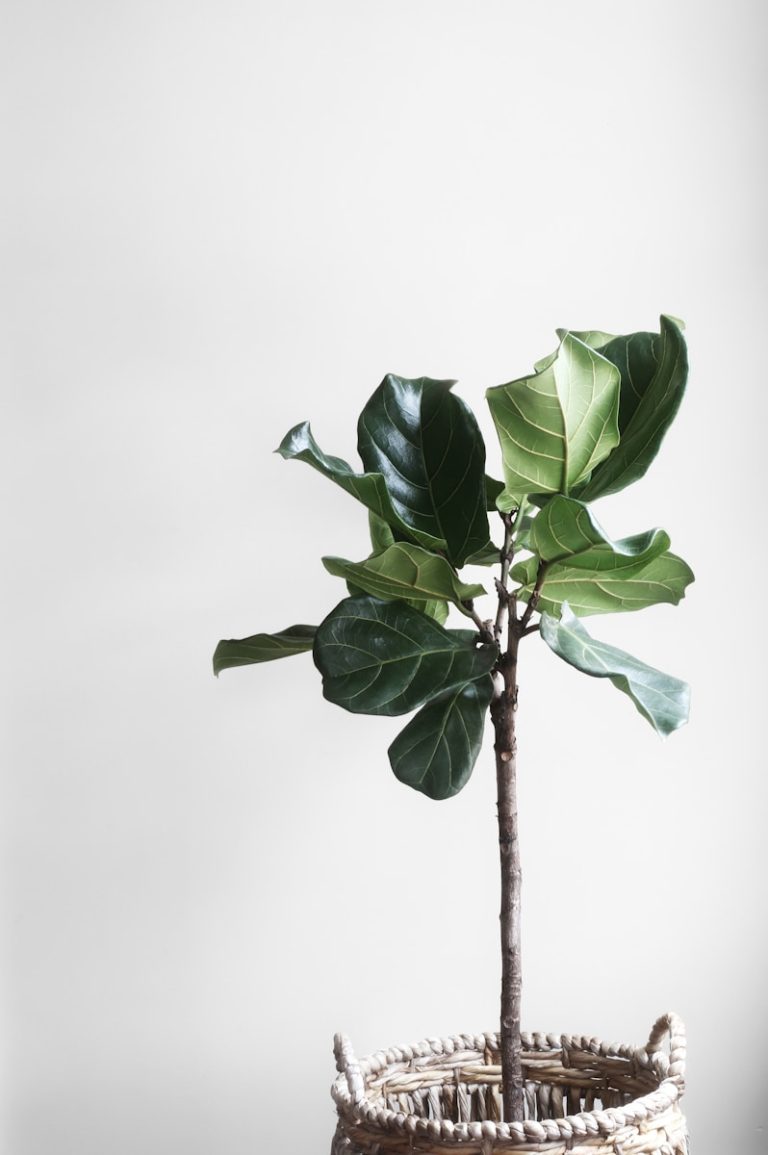Aerogarden: Dealing With Algae Growth? Prevention & Treatment

So, you’ve got an Aerogarden, that awesome seed starting system that lets you grow lettuce and other plants indoors, and suddenly you may notice algae. It’s a pretty common problem, especially when you’re diving into hydroponics. Don’t worry, it’s not a sign you’re doing everything wrong! This article will break down what causes algae growth in your aerogarden, how to spot it, and, most importantly, how to deal with it. We’ll cover everything from prevention to treatment, so you can get back to enjoying fresh herbs and veggies without the green slime.
Understanding Alga Growth in Aerogardens
What Causes Alga Growth?
Algae growth in aerogardens is often caused by a few factors that create a perfect environment for it to thrive. First, grow light, especially the LED light from your aerogarden, provides energy for algae to photosynthesize. Nutrient solutions, those plant food fertilizers we add, are like a buffet for algae. If your aerogarden uses a clear water reservoir, light can penetrate and fuel algae growth in the water bowl. Even the city water we use might contain trace elements that algae love. Basically, light, nutrients, and water are the perfect algae party ingredients!
Signs of Alga in Your Aerogarden
The most obvious sign is, well, you notice algae! You might see a green, slimy film growing in the water reservoir or around the edge of your aerogarden grow deck. The tubing can get a greenish tint as well. Check your grow sponge or the seed pod itself; algae can appear there too. Sometimes, you might notice algae even before the seedling emerges. Keep an eye out for discolored water or any unusual growth in your aerogarden grow system. Addressing it early will save you a lot of trouble down the road.
Types of Alga Commonly Found
While you don’t need a microscope, it’s helpful to know the algae you will find in your aerogarden is generally one of a few types. Green algae are the most common, often appearing as a green slime or film. Brown algae can also pop up, giving surfaces a brownish hue. While neither is directly harmful to your plants, excessive algae growth can compete with your plants for nutrients and reduce oxygen levels in the water. Different aerogarden model systems might be more susceptible to certain types, but the treatment methods are generally the same.
Preventing Alga Growth in Your Aerogarden
Importance of Light Management
To prevent algae in your aerogarden, managing light is critical. Algae thrive on light, especially the LED light from your aerogarden. Consider reducing the intensity or duration of the grow light. If your aerogarden is near a window, control direct sunlight exposure that encourages algae growth. You might notice algae grows on components directly exposed to light. Shading the water reservoir can make a big difference. A simple cover can prevent algae growth by limiting the light available for photosynthesis, helping keep your aerogarden system clean and algae-free.
Choosing the Right Nutrients
The nutrient solution used in hydroponics plays a significant role in algae growth. Algae love the fertilizer. To prevent algae in your aerogarden, use only the recommended amount of plant food. Over-fertilizing provides extra nutrients that algae can feast on. Consider using nutrient solutions designed for hydroponic systems, which often have additives to inhibit algae growth. Regularly changing the water and nutrient solution will also help prevent the buildup of excess nutrients, keeping your aerogarden farm healthy and algae-free, especially when germinating new plants from seed pod kits.
Maintaining Optimal Water Conditions
Maintaining optimal water conditions is another key factor in preventing algae growth in your aerogarden. Use distilled water instead of city water to reduce the number of minerals available for algae to feed on. Regularly change the water reservoir to prevent the buildup of organic matter. Keep the water temperature within the recommended range for your growing plants; excessive heat can encourage algae growth. Proper aeration can also help, as algae tend to thrive in stagnant conditions. These practices will help keep your aerogarden system balanced and algae-free, whether you have an Aerogarden XL or farm plus model.
Dealing with Existing Alga
Using Hydrogen Peroxide Safely
If you notice algae in your aerogarden, hydrogen peroxide can be a safe and effective treatment. Hydrogen peroxide helps to kill algae without harming your plants. Use a 3% solution of hydrogen peroxide, and add one to two teaspoons per gallon of water in the water reservoir. This will kill algae and boost oxygen levels for plant growth. Do not use too much hydrogen peroxide; this can harm your growing plants. Always dilute properly, and monitor your plants. Repeat every few days until the algae growth is under control in your aerogarden system.
How to Rinse and Refill the Water Bowl
Regular rinsing and refilling the water bowl are essential for keeping your aerogarden clean. If you notice algae growing in the water bowl, empty the entire reservoir. Rinse the reservoir thoroughly with water to remove any algae or debris. You can use a soft brush to scrub around the edge of the water reservoir if necessary. Refill the reservoir with fresh, clean water and the appropriate amount of nutrient solution. This process helps to prevent algae from taking hold and affecting your growing plants, whether you are growing lettuce or herbs.
Cleaning the Sponge and Pods
The grow sponge and seed pod can also harbor algae and fungus. Carefully remove the sponge and pods from your aerogarden system. Rinse the sponge under running water, gently squeezing it to remove any algae. For the seed pod itself, wipe it down with a clean, damp cloth. In severe cases, you may need to replace the sponge or seed pod to prevent algae from spreading. Ensure the area around the holes in your aerogarden grow deck is clean. This will help ensure healthy germination and plant growth in your new aerogarden.
FAQs on Aerogarden Alga Management
How to Use the Aerogarden Effectively?
To effectively use your aerogarden, you must first understand that you may notice algae forming if you’re not careful. The aerogarden uses water and nutrients to help your seeds germinate and grow into plants. The hydroponic system is designed to be low-maintenance. Yet, this system is prone to algae. Make sure to change the water regularly and use the right amount of plant food. Wipe around the edge to avoid fungus and algae growth, which can affect your lettuce or any other growing plants you have in your aerogarden.
Can Alga Affect Seedlings?
Yes, algae can definitely affect seedlings in your aerogarden. The algae competes with the seedlings for nutrients and oxygen. Seedlings are more vulnerable to algae than grown plants. Algae growth can hinder germination, preventing your seeds from sprouting properly. The seedling may rot if there is algae growing in the water bowl, especially if you allow the algae to grow into the grow sponge. To prevent algae in your aerogarden, ensure the water reservoir is cleaned regularly to promote successful plant growth of your seedling and use the aerogarden system more efficiently.
What to Do If Alga Persists?
If you’ve tried everything, and you still notice algae in your aerogarden, don’t lose hope! First, double-check that your LED light isn’t on for too long, or too strong. A diluted hydrogen peroxide solution can knock back resistant algae, though you have to be careful. As a last resort, a tiny amount of bleach can be used, but only in a diluted form after you have rinsed and emptied water reservoir. Consider replacing the entire seed pod kits if the algae is really entrenched. A new aerogarden start might be the solution to the issue.
Optimizing Your Aerogarden Setup
Best Practices for Seed Starting Systems
Optimizing your seed starting system, like an aerogarden, starts with a few best practices. Firstly, ensure you’re using distilled water to minimize algae growth. Regularly clean the grow sponge and rinse it well to prevent algae from taking hold. Also, make sure to change the water and nutrient solution according to the instructions. When you notice algae growing in the water bowl, act fast to prevent it from spreading. These steps make your plant growth faster and ensure the success of your new aerogarden farm, especially if you have an Aerogarden XL or a farm plus model.
Choosing the Right Aerogarden Model
When choosing the right aerogarden model, think about what you plan to grow. Do you want lettuce and herbs, or something bigger? Consider how much space you have. The Aerogarden model is compact, while the Aerogarden farm gives you more room. Look at the LED light system in each aerogarden. Some are better than others at promoting plant growth without encouraging algae growth. Before buying an aerogarden, read reviews and see what other growers say. This will help you to prevent algae growth and enjoy your new aerogarden.
Leveraging Grow Lights for Healthy Plants
Grow lights are essential for healthy plants, but they can also cause algae. Algae love the same light that your lettuce does. To avoid algae, manage the grow light. If you notice algae, consider reducing the light intensity or duration. Position your aerogarden away from direct sunlight. Also, ensure your grow sponge and seed pod aren’t overly exposed to the LED lights. It might sound odd, but sometimes less light is better to prevent algae in your aerogarden, especially for young seedling.
THERE IS WHITE FUZZ ON MY SEED POD, WHAT IS THIS?
Seeing white fuzz on your seed pod in your aerogarden might be alarming, but it’s likely just a type of fungus or mold. Don’t panic; it doesn’t necessarily mean the end for your seedling! This often happens when there’s too much humidity or not enough air circulation. The white fuzz is feeding off the seed pod material, especially if it’s constantly moist. To deal with it, gently wipe the fuzz away with a clean, damp cloth. Ensure that the seed pod isn’t sitting in standing water. Adequate airflow is key, so make sure nothing is blocking ventilation around your aerogarden. If you notice algae alongside the fuzz, it could be a sign that the conditions are too favorable for both. Keep a close eye on your plants and adjust the environment to prevent recurrence, ensuring robust plant growth in your new aerogarden system.
Is Putting Hydrogen Peroxide On Your AeroGarden Sponges Safe?
Using hydrogen peroxide on your aerogarden grow sponge can be safe, but proceed with caution. Hydrogen peroxide, when diluted, can act as a mild disinfectant, helping to kill algae and fungus that might be affecting your hydroponic setup. Always use a 3% solution and dilute it further before applying it to the grow sponge. You can dip the sponge in a diluted hydrogen peroxide solution or gently spray it. Be careful to avoid getting too much hydrogen peroxide directly on the seedling, as it can harm delicate roots. After applying, monitor your plants to ensure they aren’t negatively affected. Remember, a little hydrogen peroxide goes a long way. This can also prevent algae in your aerogarden. Regular cleaning and care are vital for maintaining a healthy aerogarden, ensuring your growing plants thrive.
WHY IS IT IMPORTANT TO RINSE AND REFILL THE WATER BOWL?
Rinsing and refilling the water reservoir is crucial for preventing algae growth and maintaining nutrient balance. Over time, the water accumulates mineral salts from the fertilizer, organic matter, and potentially algae. If you don’t change the water, these buildups create an environment that encourages algae growth and can disrupt the nutrient balance needed for healthy plant growth. Algae compete with your plants for nutrients, reducing their access to the elements they need to thrive. Regular rinsing removes this buildup, ensuring your plants receive a fresh supply of properly balanced nutrients. This also keeps the water reservoir clean, preventing the spread of diseases. Whether you have an Aerogarden model or an Aerogarden farm, maintaining clean water is a cornerstone of successful hydroponics, which leads to better germination and vigorous growth for your growing plants. Also, rinsing helps you may notice algae.


